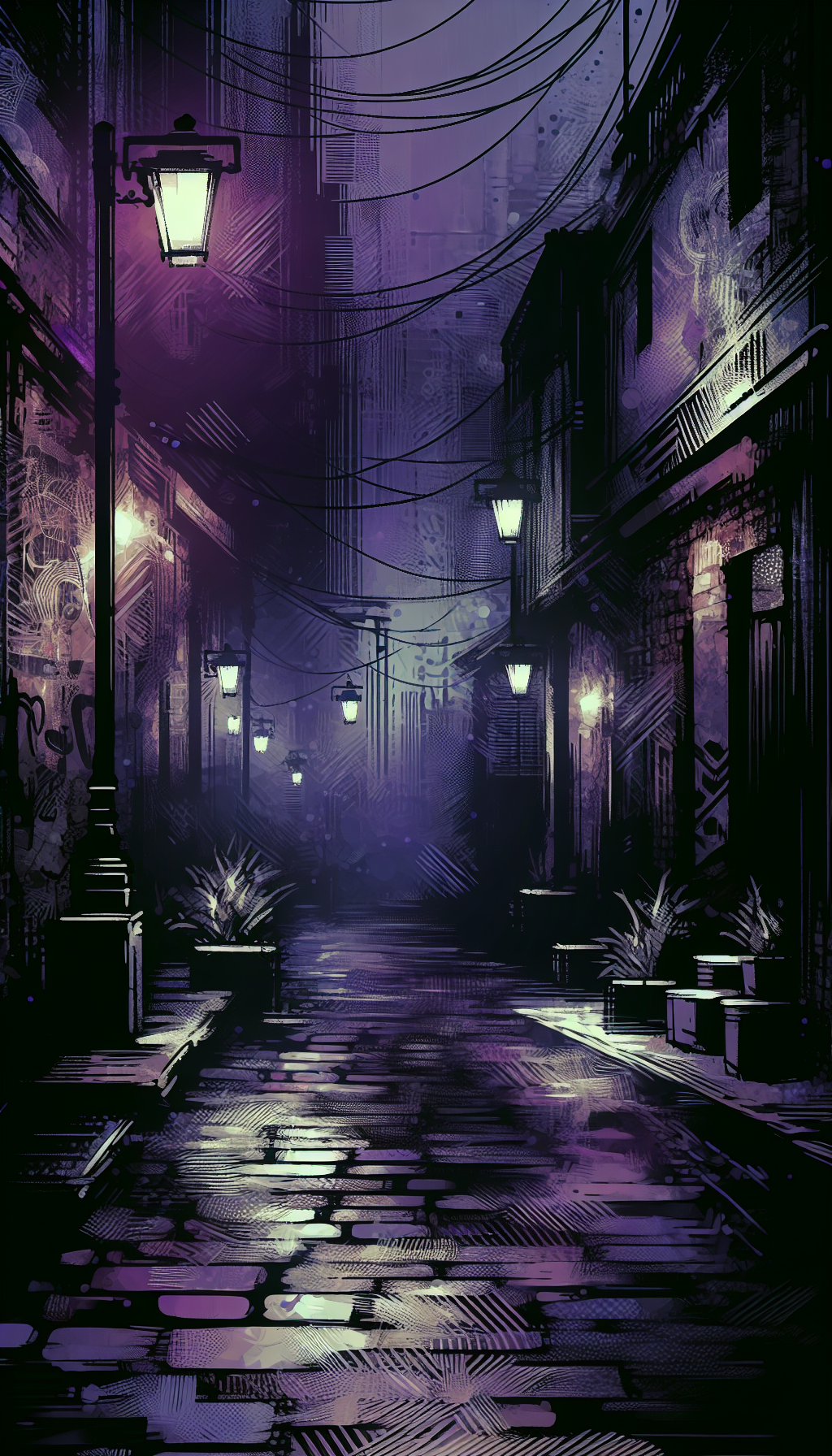An Etienne Ret Original Limited Edition Hand Signed Print
For collectors and appraisers, the phrase “original limited edition hand signed” carries specific meaning—and value. When applied to prints attributed to Etienne Ret, a mid-20th-century artist known for colorful, modernist-inflected compositions and widely circulated prints, accuracy in terminology becomes critical. This guide clarifies what you have (or are considering buying), how to authenticate it, how condition affects value, and how to document and care for a print to retain its market appeal.
Etienne Ret and the Appeal of His Prints
Etienne Ret’s name surfaces frequently in print collections, galleries, and estates. While biographical details vary across sources, Ret is generally associated with:
- Colorful, modernist or post-impressionist tendencies, often with stylized figures, interiors, florals, and lively urban scenes.
- Mid-century printmaking practices, particularly color lithographs and serigraphs (silkscreens), created as original prints rather than mere reproductions of paintings.
- Broad circulation in the decorative fine art market, which means comparables exist—but so do reproductions and posters.
Why this matters for appraisal: An artist with recognizable style and a sizable print presence will have an active secondary market. That brings liquidity but also variability, with values sensitive to authenticity, edition size, technique, condition, and subject desirability.
Key takeaway: If you’re holding a hand-signed, limited edition Etienne Ret print produced as an original print (lithograph/serigraph) and preserved in strong condition, you own a collectible with established market interest.
What “Original Limited Edition Hand Signed” Really Means
The trade uses these words precisely. Each element matters:
- Original: The print was conceived as a print by the artist, not a photo-mechanical reproduction of an existing painting. In an original lithograph or serigraph, the artist participates in creating the printing matrix and approves the edition.
- Limited edition: The total number of impressions is capped (e.g., 200). The edition fraction appears as a pencil inscription such as 45/200—numbered impression/total edition.
- Hand signed: The artist signed the print in pencil (or, less commonly, ink) in the margin, usually lower right. Pencil matters: it signals post-print signing by hand, not a signature embedded in the image.
Associated markings and terms you may see:
- Title: Often in pencil, lower center. Not all prints are titled.
- Date: Occasionally included near the signature or title.
- A/P or E.A.: Artist’s Proof (épreuve d’artiste), small subset apart from the numbered edition.
- P/P: Printer’s Proof; H/C: Hors Commerce (not for sale at initial release).
- Chop mark: A blind-embossed printer or publisher stamp, typically near a lower margin corner.
- Watermark: Paper marks such as “Arches” or “Rives BFK,” visible in transmitted light; common on fine print papers.
Red flag terms in listings:
- “Poster” or “offset lithograph” with a printed (not pencil) signature. That is typically a reproduction, even if attractive.
- “Giclée” or “digital print” presented as “original” without clear disclosure; most giclées are reproductions, not original prints in the traditional sense.
- Extremely high edition sizes (e.g., 1000+), incongruent with fine print practice for mid-century original prints.
Identifying an Authentic Etienne Ret Print: Signatures, Marks, and Paper
Evaluate the print like a conservator and a dealer. This workflow helps reduce guesswork:
- Confirm the medium under magnification
- Lithograph: Solid areas of color without CMYK rosettes; edges may show slight granularity from lithographic crayon or tusche. No intaglio plate mark.
- Serigraph (silkscreen): Opaque, flat layers of color sitting on top of the paper; edges might reveal slight ink ridges where color areas meet.
- Offset reproduction: CMYK dot or rosette pattern; edges of color areas may appear mechanically screened.
- Check for a graphite signature
- Lower right margin is typical. Signature should be in pencil, with pressure variations and overlap of graphite atop paper fibers. If the “signature” is within the image area and shows halftone dots, it is printed, not hand-signed.
- Locate the edition annotation
- Lower left margin typically shows 12/200 or similar. The handwriting style of the edition fraction generally resembles the signature’s hand but may differ slightly if inscribed by a studio. Uniform, mechanical-looking numbers are suspect.
- Look for titles, dates, and notations
- Lower center title in pencil; date may follow the signature or title (not mandatory). A/P, E.A., P/P, or H/C notations identify proof impressions.
- Inspect paper quality and watermarks
- Fine prints often use rag papers (e.g., Arches, Rives BFK). Hold the sheet to a safe, diffuse light to see a watermark. No watermark doesn’t automatically negate authenticity, but watermarks support it.
- Search for printer or publisher chop marks
- A small blind-embossed stamp in a margin corner signals professional editioning. Not all prints have chop marks, but their presence adds confidence.
- Measure image and sheet size
- Record image dimensions, then sheet dimensions. Etchings often show a plate mark; lithographs/serigraphs do not. Many Ret prints are lithographs or serigraphs, so the absence of a plate mark aligns with expectation.
- Check the verso
- Original gallery labels, edition information, or conservation framing notes can support provenance. Conversely, aggressive mounting residues, acidic backings, or spray adhesive use can affect value and reversibility.
- Assess inks and color layers
- For serigraphs, you may see distinct layers; for lithographs, tonal variation and lithographic textures. Faded colors or color-shifted inks diminish value.
- Cross-check known titles and images
- Compare composition, color, and signature placement with established examples documented by dealers, past auction records, or catalogues. Exact matches increase confidence; significant discrepancies merit caution.
Condition Grading and Conservation Considerations
Condition directly influences value—sometimes more than edition number or size. Appraisers typically use terms like:
- Excellent: Crisp sheet, clean margins, no stains, tears, or fading; strong, original colors; archival framing or unframed.
- Very good: Minor, unobtrusive handling marks; faint mat line; no significant losses; colors strong.
- Good: Noticeable but non-structural issues such as light mat burn, light foxing, a short edge tear, or modest toning; still suitable for display.
- Fair/Poor: Structural problems—long tears, paper losses, pervasive staining, heavy toning, water damage, or significant fading.
Common condition issues in mid-century prints:
- Mat burn and toning: Brown lines where acidic mat boards contacted the sheet. Reframing with archival materials prevents progression; a paper conservator may reduce staining.
- Foxing: Brown spots from mold or metallic impurities; treatable by a conservator.
- Cockling and waviness: From humidity fluctuations or tight framing; reversible if properly humidified/flattened by a professional.
- Light fade and color shift: From UV exposure; not always reversible, and a major value hit—especially for serigraphs with bright pigments.
- Abrasions and scuffs: Often from poor handling; affects dark, flat color areas noticeably.
Archival framing basics to protect value:
- Use 100% cotton rag or alpha-cellulose mats and backing boards.
- Hinge with Japanese tissue and wheat starch paste—never tape directly to the image area.
- Glazing: UV-filter acrylic or glass; allow air space with a mat or spacers.
- Avoid direct sunlight, high humidity, and heat sources.
Market Value: Factors, Comparables, and Selling Tips
Original limited edition, hand-signed prints by Etienne Ret occupy a defined niche: accessible 20th-century fine prints with decorative appeal. Value is shaped by:
- Authenticity and medium: True lithographs or serigraphs hand-signed in pencil and properly editioned are preferred. Posters, offset reproductions, and digitally produced giclées command lower prices, even if signed.
- Subject and composition: Lively figurative scenes, florals, and dynamic color fields typically draw more demand than subdued or repetitive motifs.
- Condition: Bright, original color and clean margins are key; professional conservation can be worthwhile if issues are significant and reversible.
- Edition size and proof types: Reasonable edition sizes support value; A/P or E.A. impressions can be as desirable as numbered impressions. A very low edition number (e.g., 1/200) is not inherently more valuable but can attract certain collectors.
- Paper and printing quality: Recognizable fine art papers and clear, layered ink work (for serigraphs) or nuanced lithographic textures (for lithographs) support desirability.
- Provenance: Documented gallery sales, labels, and collection history add confidence.
How to establish a value range:
- Assemble solid comparables: Seek past sales of the same image in similar condition and medium. If none exist, use closely related images of similar size, technique, and period.
- Adjust for condition: Downgrade or upgrade relative to comps for issues like toning, tears, or exceptional freshness.
- Note framing: Archival framing may support value; however, outdated or bulky frames don’t always add; sometimes it’s best to sell unframed, especially if the frame obscures margins.
- Consider venue: Auction may set an efficient market price for widely traded images; private sales or dealer consignments may achieve higher prices but require time and commissions.
Practical selling tips:
- Provide crisp, well-lit photos: front, close-ups of signature and edition, corners, and the verso. Include any labels or chop marks.
- Include precise measurements: image and sheet. State medium as observed, not assumed.
- Be transparent about condition: Disclose any foxing, tears, or toning; credibility reduces returns and disputes.
- Retain provenance documents: Invoices, COAs from reputable sources, and correspondence can support pricing.
Practical Checklist: Etienne Ret Original Limited Edition Hand Signed Print
- Confirm medium under a 10x loupe: lithograph or serigraph, not offset or giclée.
- Locate a pencil signature in the lower right margin.
- Verify the edition fraction in the lower left (e.g., 34/200) and note any A/P, E.A., P/P, or H/C markings.
- Check for a paper watermark (e.g., Arches, Rives BFK) by backlighting the sheet.
- Look for printer/publisher chop marks embossed in a margin corner.
- Measure image and sheet; note absence of a plate mark for lithographs/serigraphs.
- Inspect condition: fading, foxing, mat burn, tears, cockling, surface scuffs.
- Photograph signature, edition mark, corners, and verso labels.
- Gather provenance: receipts, gallery labels, prior auction listings, COAs.
- Frame or store archivally: rag mats, UV glazing, reversible hinges; avoid direct sun and humidity.
FAQ
Q: Are all Etienne Ret prints original or are some reproductions? A: Both exist in the marketplace. Ret is associated with original lithographs and serigraphs (hand-signed and editioned), but posters and offset reproductions are also common. Confirm medium and look for pencil signature and edition marks in the margins to determine originality.
Q: Does a lower edition number (e.g., 2/200) make my print more valuable? A: Not inherently. Collectors primarily value authenticity, condition, subject, and quality of impression. Some buyers prefer lower numbers, but market impact is usually minor compared to those core factors.
Q: How can I tell a giclée reproduction from a serigraph or lithograph? A: Under magnification, giclées show fine inkjet dot patterns without the rosette typical of offset printing; serigraphs display opaque, layered color with edges that can form slight ink ridges; lithographs show continuous areas of tone with lithographic texture and no intaglio plate mark. Giclées marketed as “originals” should be viewed cautiously unless the artist intentionally issued a digital original edition.
Q: My print has mat burn and light foxing. Should I restore it before selling? A: If issues are moderate and the image is desirable, professional conservation can improve appearance and marketability. Obtain a conservator’s estimate first and weigh the likely market uplift against treatment costs and turnaround time.
Q: Are COAs necessary for Etienne Ret prints? A: A COA from a reputable source can support provenance, but the work’s physical evidence—medium, signature, edition marks, paper, and printing quality—matters most. COAs alone do not guarantee authenticity; they should align with what you observe on the sheet.
By focusing on medium, marks, paper, and condition—and by documenting your findings—you’ll confidently identify, appraise, and care for an Etienne Ret original limited edition hand signed print. This methodical approach ensures your conclusion stands up to scrutiny from dealers, auction specialists, and fellow collectors.



